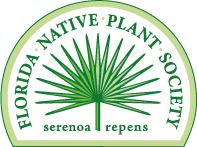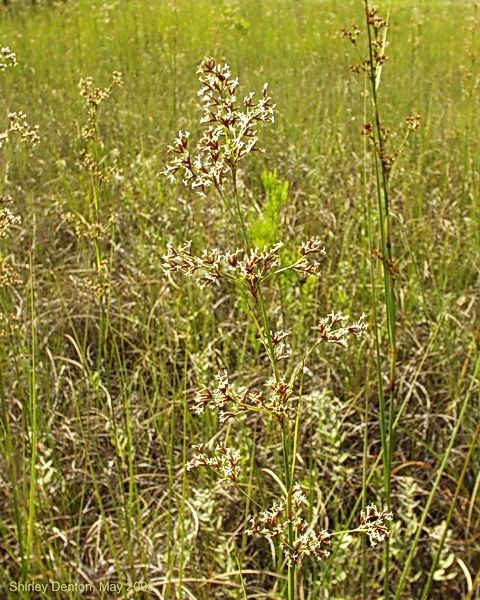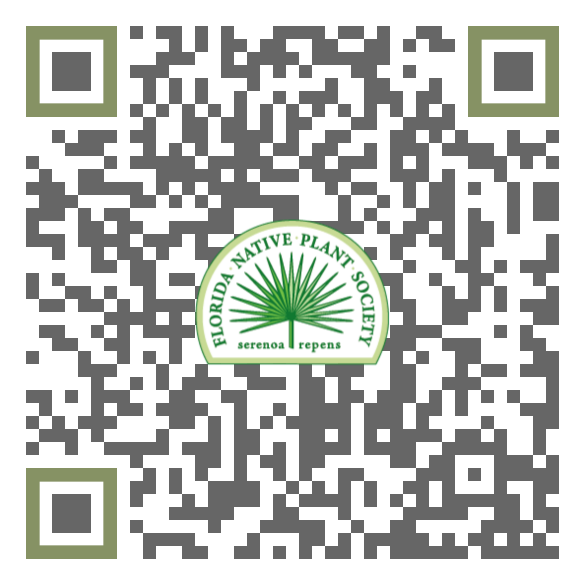FNPS Plant Database
Cladium jamaicense
Nomenclature
Common Name:
Synonym(s):
Genus species:
Family:
Cyperaceae
Plant Specifics
Form:
Size:
Life Span:
Long-lived perennial
Flower Color:
Fruit Color:
Phenology:
Noted For:
Landscaping
Recommended Uses:
Considerations:
Availability:
Propagation:
Light:
Moisture Tolerance:
Always Flooded---------------------------------Extremely Dry
□□□□□□■■■■■■■■■■■■■■■□□□□□□□□□□□□□□□□□□□□□
Stays wet -to- Somewhat moist, no flooding
Salt Water Flooding Tolerance:
Unknown
Salt Spray/Salty Soil Tolerance:
High. Can tolerate significant and ongoing amounts of salt.
Soil or Other Substrate:
Sand, Clay, Loam, Lime Rock, Organic
Soil pH:
Suitable to Grow In:
8A,8B,9A,9B,10A,10B,11

USDA zones are based on the average annual extreme minimum winter temperature.
Don't know your zone? Click here to search by zip code.
Ecology
Wildlife:
Larval host of the Palatka skipper ( Euphyes pilatka ).
Native Habitats:
Natural Range in Florida:
Visit the USF Libraries Atlas of Florida Plants
Comments:
Ethnobotany:
General Comments:
Sawgrass is a sedge, not a grass. It was this plant that Marjory Stoneman Douglas referred to in her seminal work: "The Everglades: River of Grass."
A second species (C. mariscoides) occurs in a limited area in north Florida. Its uses and culture are similar.
Citations:
C. mariscoides: Cladium mariscoides - Species Page - ISB: Atlas of Florida Plants (usf.edu)
Everglades and south Florida: IRC - Natives for Your Neighborhood (regionalconservation.org)
Wunderlin, R. P., B. F. Hansen, A. R. Franck, and F. B. Essig. 2021. Atlas of Florida Plants (http://florida.plantatlas.usf.edu/). Institute for Systematic Botany, University of South Florida, Tampa.







